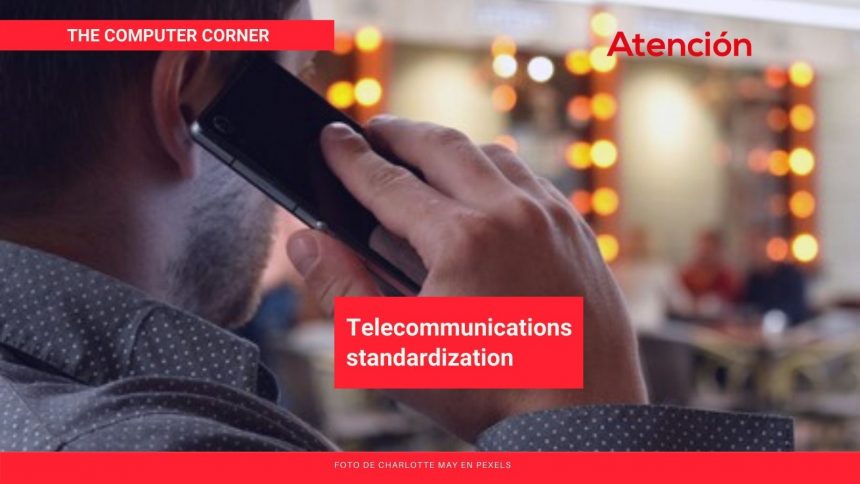Last week, I mentioned the “E.164” international standard numbering plan, which defines how telephone numbers are assigned worldwide. Telecommunications standardization efforts started in 1865 with the formation of the International Telegraph Union, which became a specialized agency of the United Nations in 1947.
The E.164 recommendation defines the format for all international telephone numbers, allowing a maximum of 15 digits. Standardization allows, with varying degrees of difficulty, any phone in the world to connect to any other phone. This style of phone number formatting is well known to most people, but just in case, I will offer a brief overview.
A complete phone number has four parts: the International call prefix, country code, area code, and local number.
The international call prefix is what you dial first to tell the system you are making a call out of the country you are in. In Mexico, it is 00, U.S. 011, Japan 010, and so on. Thankfully, most smartphones let you enter a plus sign (+) as the international call prefix so you do not have to know what the prefix is.
Next comes the country code. The U.S. is country code number is 1; Mexico 52; Germany 49; and so on. Country codes, by necessity, are unique.
Next is area code, which is not unique. The area code for San Miguel de Allende is 415, not to be confused with the area code for San Francisco, California, which is also 415. Of course, that is why you need to dial the country code first so the system knows which country the area code is in.
Finally comes the local phone number. This is the number you usually dial when making local calls, where typically you dial seven digits. The E.164 standard allows for more digits, and so some countries, such as the United Kingdom, use eight digits. Not to be outdone, France uses nine, Argentina 10, Peru 11, Austria 13, and Australia up to 15.
An interesting bit of trivia about numbers and rotary dial phones: because it took longer to dial 9 or 0 than to dial 1 or 2, there was some competition for the “good” numbers that could be dialed more quickly. Cities such as New York (212), Chicago (312), and Los Angeles (213) got area codes that were quickest to dial. Where I grew up in East Texas, we got stuck with area code 903, which takes a lot longer to dial on a rotary phone. To make matters worse, the numbers in my local exchange began with 938, requiring even more time to dial on a rotary phone.
It could have been worse. While the U.S. is country code 1, Tajikistan, Turkmenistan, Azerbaijan, Georgia, Kyrgyzstan, Kazakhstan, and Uzbekistan were assigned country codes 992 through 998. Well, at least today almost nobody uses a rotary dial telephone.
Charles Miller is a freelance computer consultant, a frequent visitor to San Miguel since 1981, and now practically a full-time resident. He may be contacted at 415 101 8528 or email FAQ8@SMAguru.com.

